Why is Tomb of Moses in Japan?
Moses of the “Old Testament” 583 years old! Died in Noto Peninsula, Ishikawa Prefecture!?
The “Moses Legendary Park” is a park developed from the Mitsuko-zuka Kohun tomb located at the foot of Mount Hodatsu in Hodatsushimizu Town, Ishikawa Prefecture.
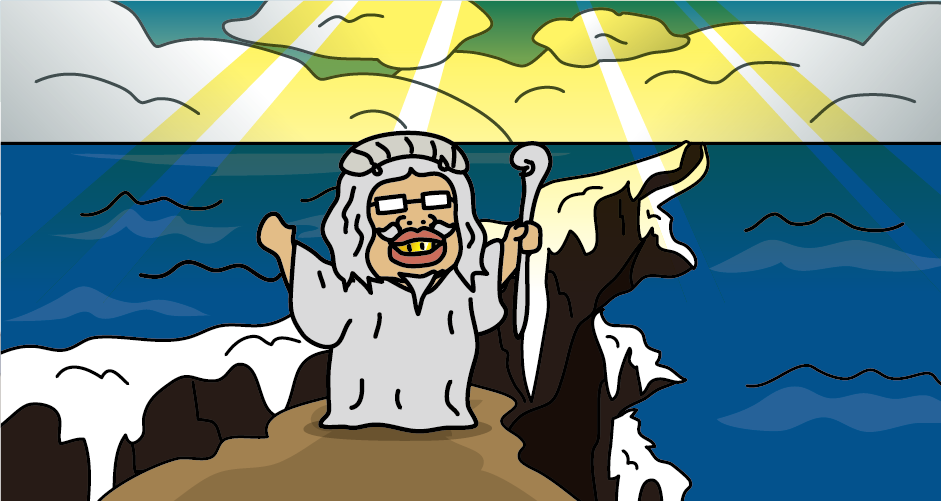
Moses from the “Moses Legendary Park” is the prophet in the “Old Testament” who delivered ancient Israelites from Egyptian slavery about 3,000 years ago. He is famous for having divided the Red Sea in two and created a prayer path to cross it while the Pharaoh’s army was approaching, and received the stone of the Ten Commandments from God on Mount Sinai.
What is the relationship between the prophet Moses and the “Moses Legendary Park”?
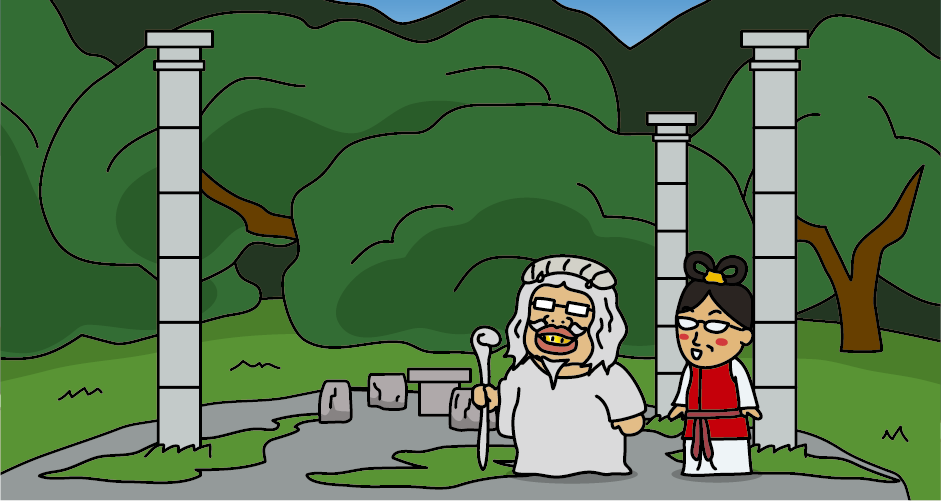
The “Moses Legendary Park” is a park built by the former Oshimizu Town (now Hodatsu-shimizu Town) for improving the Mitsuko-zuka Kohun Tomb and there is a surprising legend that the Mitsuko-zuka Kohun tomb is in fact the “Tomb of Moses”. According to locals, the largest tomb in the middle is the “Tomb of Moses,” and there is an old marker on the top of the tomb that reads, “Soul of the Great Sage Moses.” The other two tombs are said to be those of Moses’ wife, Princess Oomuro, and his grandson. The basis for this legend is the “Takenouchi document”, which revealed that there is a the “Tomb of Jesus” in Aomori Prefecture.
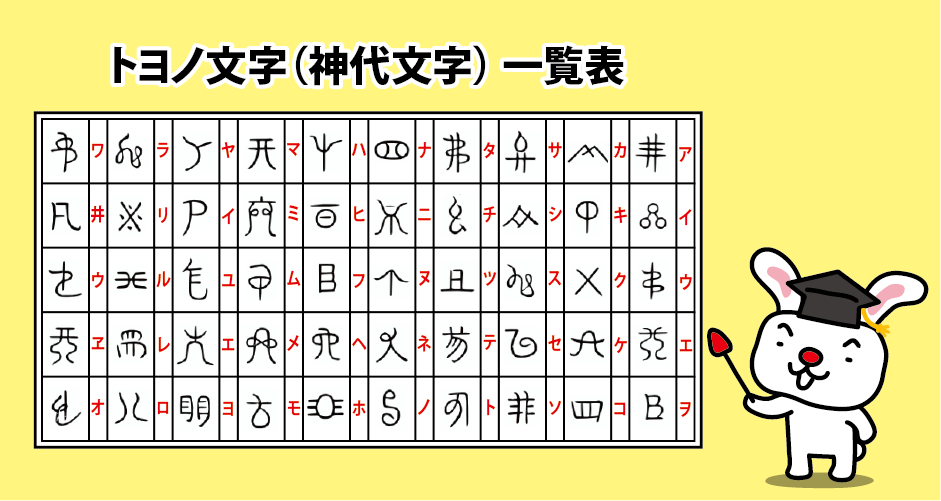
The “Takenouchi document” is a secret history book of the Takenouchi family published in 1910 by Takenouchi Kyomaro (1874-1965), the founder of a new religion. The original “Takenouchi document” were ancient documents written in the Jindai Moji script, a script used in ancient Japan before the introduction of Chinese characters, however, were translated into Chinese characters and katakana by Heguri no Matori, an ancestor of the Takenouchi family, at the order of the 25th Emperor Takenouchi. It is said that the Takenouchi family had kept it for generations.
![[Tomb of Moses] Ameno-ukibune (floating ship) to Mt. Sinai](https://iwemon-press.com/wp-content/uploads/2022/03/ca77b790147c9216cfcb72f82c0a3cc0.png)
According to that “Takenouchi document,” during the reign of the 69th Emperor the Aezu-cho Dynasty *, Moses arrived at Houdatsu Suimon (Houdatsu Port) in Noto on a large ship. He presented the emperor the Ten Commandments stone and took the princess Oomurohime as his wife. After studying Shinto for 12 years and receiving the emperor’s approval of the Ten Commandments, Moses returned to Mt. Sinai via Bologna, Italy in “Amano-ukibune” (a flying ship, like a UFO) to spread the Ten Commandments throughout the world. Moses returned to Japan to spend the rest of his life there after his great achievement. When he died at the age of 583, he was buried at Mitsuko-zuka Kohun tomb at the foot of Mt. Houdatsu.
*The “Takenouchi document” refer to the present Japanese imperial dynasty beginning with the first Emperor Jinmu as the “Kamuyamato-cho Dynasty.” It states that there were ancient dynasties called the “Tenjin Dynasty (7 generations),” “Jouko Dynasty (25 generations),” and “Aezu-cho Dynasty (73 generations)” before that and the 21st emperor of the “Jouko Dynasty (25 generations)” is said to be Izanagi, and the 73rd emperor of the “Aezu-Cho Dynasty (73 generations)” is said to be Emperor Jinmu.

The “Takenouchi document” is generally treated as a fake, however, as GHQ came to investigate the Tomb of Moses right after the war etc., there are mixed information on the truth. There are others, for example because there was an international airfield called “Hane Airfield” on Mt. Hodatsu (near Hakui City in Ishikawa Prefecture) in ancient times, according to the “Takenouchi document”, and the emperor made a tour around the world in “Ameno-ukibune (floating ship).” For this reason, Hakui City promotes town revitalization with UFOs, and there is in fact a UFO museum, “Cosmo Isle Hakui.” What is more, it is also said that there is also a Komainu guardian dog that resembles the Egyptian sphinx at the Tehayahime Shrine located at the top of Mt. Houdatsu, the giant bones measuring about 75 cm from knee to ankle were found near the Tomb of Moses, and that there is an area called Heraibashi, which in Hebrew evokes the “Hebrew Forest,” thus making the “Moses Legendary Park” is a tourist attraction that has captured the hearts of not only science fiction fans and occult fans, but also those who enjoy unusual places.
Access to Moses Park
From Tokyo
It takes about 3 hours from JR Tokyo Station to JR Kanazawa Station by Hokuriku Shinkansen.
From Osaka
It takes about 1 hour and 30 minutes from JR Osaka Station to JR Tsuruga Station by limited express train. Transfer to the Hokuriku Shinkansen at JR Tsuruga Station and it takes about 40 minutes to JR Kanazawa Station.
At JR Kanazawa Station, transfer to the IR Ishikawa Railway Line (bound for Nanao), which directly connects with JR Tsubata Station and takes about 40 minuetes to JR Nanao Line Hodatsu Station. About 20 minute-walk from JR Hodatsu Station.




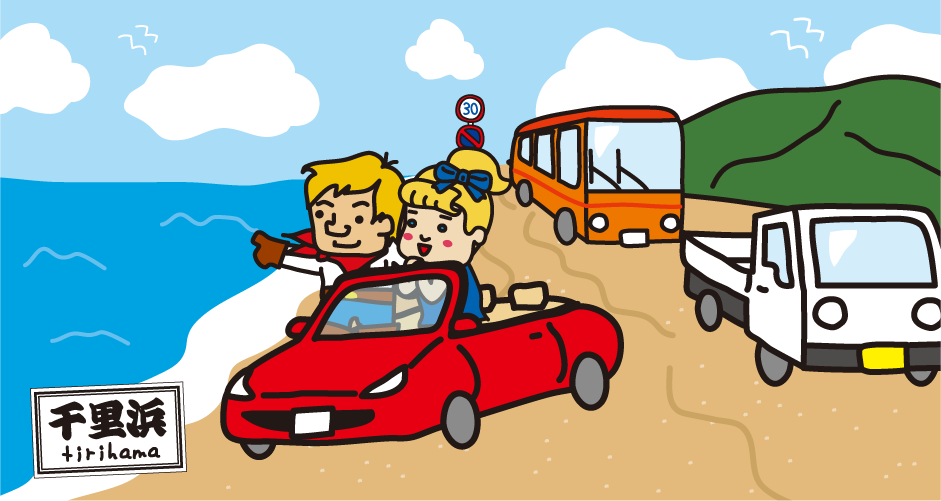
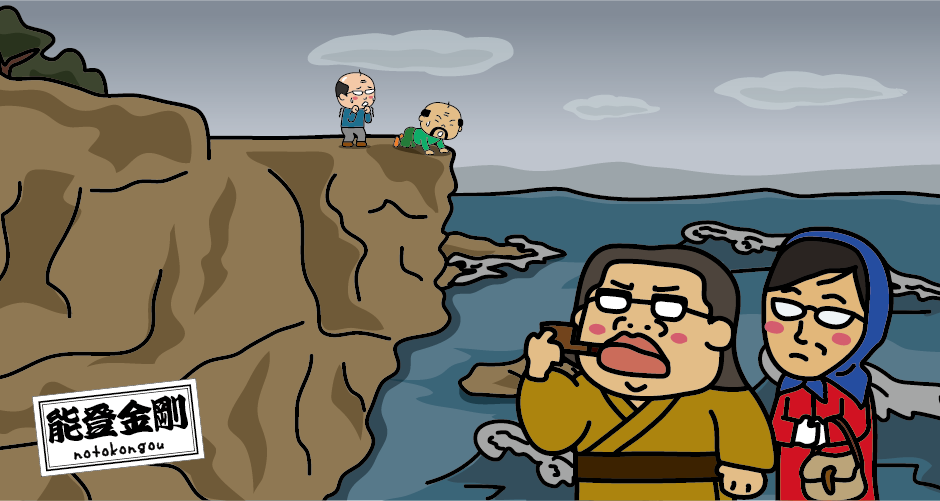
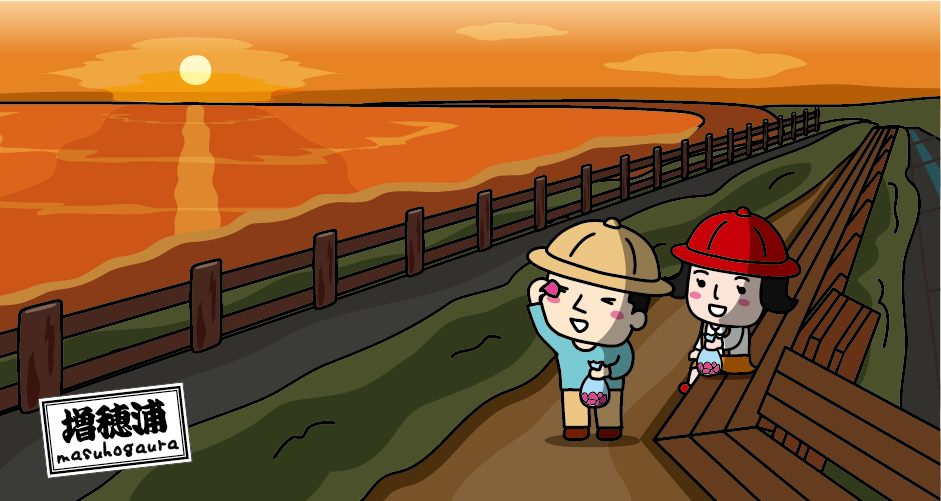

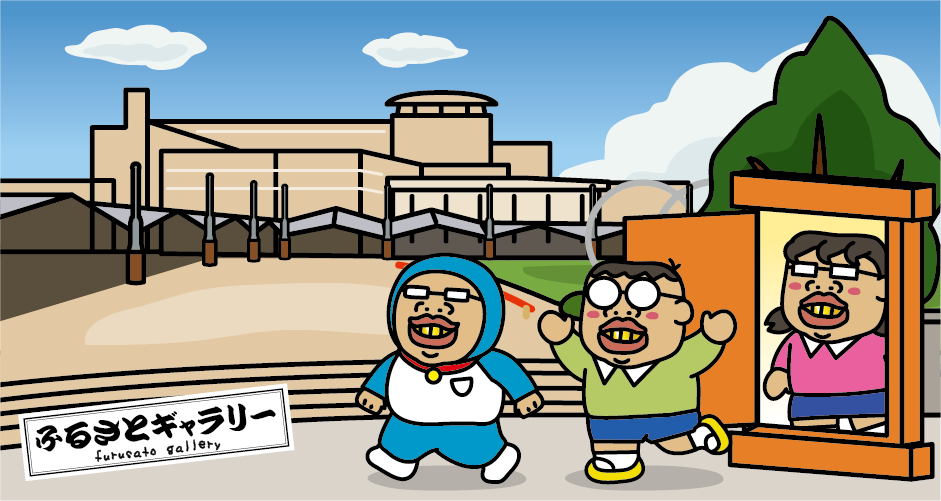


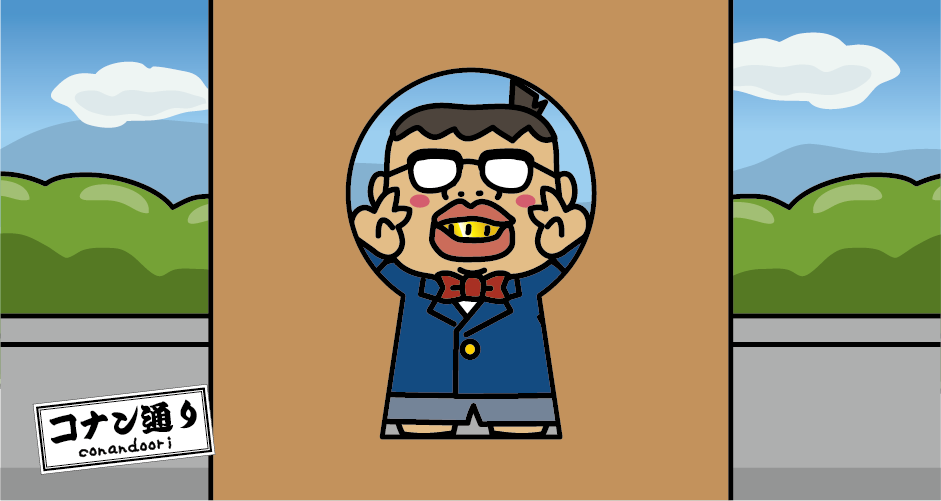


You need to login to comment on an article.